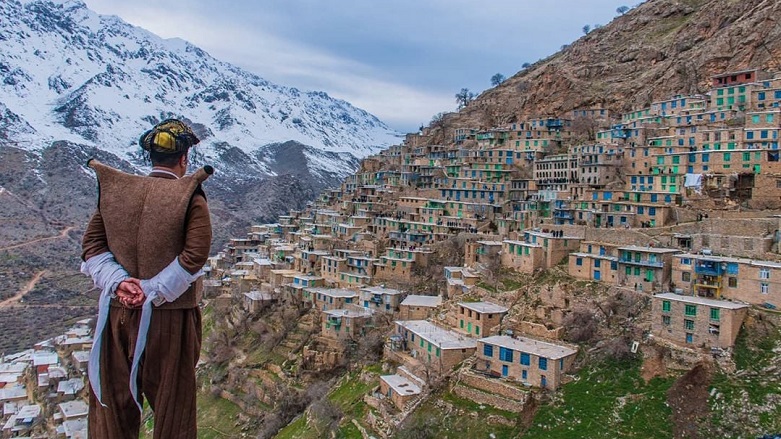UNESCO adds Iranian Kurdistan’s Hawraman to World Heritage List

ERBIL (Kurdistan 24) – The United Nations Educational, Scientific, and Cultural Organization (UNESCO) has inducted the Kurdish-majority region of Iran known as Hawraman into its World Heritage List.
The designation, given to sites “considered to be of outstanding value to humanity,” provides some protection under international treaties and sets into motion efforts to conserve its historical and cultural integrity.
🔴 BREAKING!
— UNESCO 🏛️ #Education #Sciences #Culture 🇺🇳😷 (@UNESCO) July 27, 2021
New inscription on the @UNESCO #WorldHeritage List: Cultural Landscape of Hawraman/Uramanat, #Iran 🇮🇷. Bravo! 👏
ℹ️ https://t.co/X7SWIos7D9 #44WHC pic.twitter.com/yjU9mc9ZlM
The UNESCO website wrote in glowing terms of the “remote and mountainous landscape of Hawraman/Uramanat bears testimony to the traditional culture of the Hawrami people, an agropastoral Kurdish tribe that has inhabited the region since about 3000 BCE.”
Hawraman is a mountainous border region, known for its breathtaking landscapes. Locals there also speak their own Kurdish dialect, known as Hawrami, which is different than other main Kurdish dialects such as Sorani and Kurmanji.
“The property, at the heart of the Zagros Mountains in the provinces of Kurdistan and Kermanshah along the western border of Iran, encompasses two components: the Central-Eastern Valley (Zhaverud and Takht, in Kurdistan Province); and the Western Valley (Lahun, in Kermanshah Province).”
UNESCO said that the unique mode of human habitation in these two valleys has been adapted over thousands of years to the rough, mountainous environment.
“Tiered steep-slope planning and architecture, gardening on dry-stone terraces, livestock breeding, and seasonal vertical migration are among the distinctive features of the local culture and life of the semi-nomadic Hawrami people who dwell in lowlands and highlands during different seasons of each year,” the press release continued.
The UN organization also said the region is “characterized by exceptional biodiversity and endemism, is evidenced by stone tools, caves and rock shelters, mounds, remnants of permanent and temporary settlement sites, and workshops, cemeteries, roads, villages, castles, and more.”
The statement concluded, “The 12 villages included in the property illustrate the Hawrami people’s evolving responses to the scarcity of productive land in their mountainous environment through the millennia.”
In late 2019, UNESCO inducted the cities of Sanandaj, also in Iranian Kurdistan, and the autonomous Kurdistan Region of Iraq's Sulaimani into its list of “Creative Cities.”
Read More: Kurdish leaders welcome Sulaimani, Sanandaj as UNESCO ‘Creative Cities’
Some four months earlier, it designated the ancient city of Babylon in what is now modern-day Iraq to the World Heritage list.
Read More: UNESCO designates ancient Babylon a World Heritage site
Editing by John J. Catherine